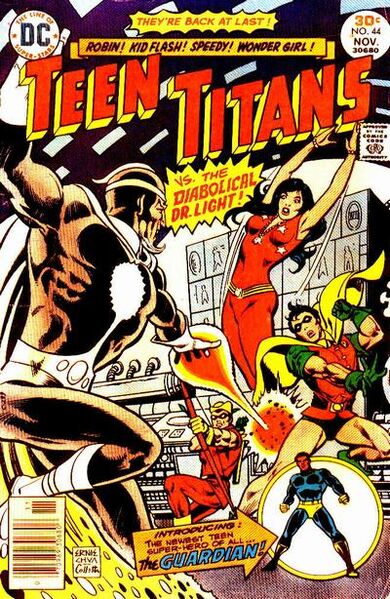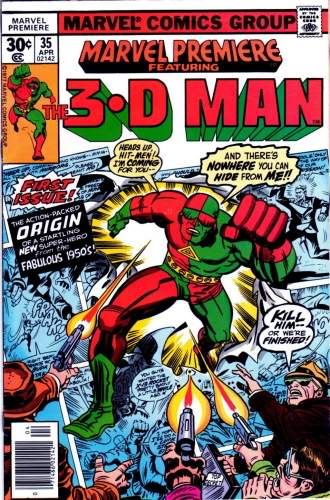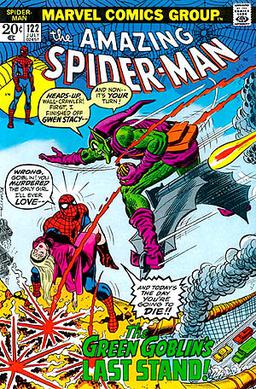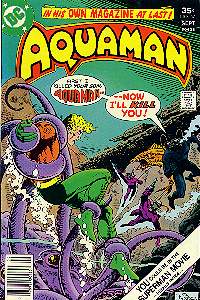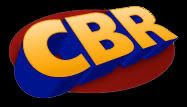This isn't to imply that he was lazy, which certainly wasn't the case. But he had a habit of launching books with no clear idea where they were heading.
Kirby was one of those guys, though, whose underdeloped concepts could still outpace his contemporaries on their best days. And the real problem was one of format:Kirby was creating stories with finite arcs for an industry that demanded monthly - and indefinite - installments. The concept of the mini-series had yet to be born, so all of Kirby's ideas in those years were shoe horned into monthly titles.

It's hard to read the first issue of Devil Dinosaur, for example, without wondering how Marvel believed the book had a future. It was a very uniqie idea for a comic, but did anyone at Marvel approach this book with the belief that it would ever reach 100 issues? Or even 20?
Like much of Kirby's other in the 1970s, Devil Dinosaur spun out of Kirby's work on the 2001: A Space Odyssey comic. Moon Boy is a play on Moon Watcher, the primate named in the 2001 novel by Arthur C. Clarke who made first contact with the monolith. Kirby's 2001 comic deviated wildly from the concepts of the film and eventually evolved into an on-going Machine Man series.
Kirby returned to his fascination with "Chariots of the Gods" pop mythology with The Eternals, and again with Devil Dinosaur 1978.
Despite the title, the comic actually follows the adventures of Moon Boy, a primordial humanoid struggling to survive at the dawn of time. Along for the ride is Devil Dinosaur, a thunder lizard rescued from Moon Boy after an attack by carnivorous monkey men. Their attack left Devil Dinosaur's mother and family dead, and scarred his flesh leaving him fiery red.
The book begins years after this assault. Devil Dinosaur has become a legend among the other beasts, and the people who scarred him are planning their revenge. And that's pretty much the whole issue.
The real star of the story, though, is Kirby's art, which is at its biggest and boldest. He takes advantage of the page to present a vision of pre-history that threatens to spill off the page. The panels are often huge: the book begins with a splash page, followed directly by a double splash illustrating the savagery of the story's world. It's a shame graphic novels didn't have a toehold on the industry at this point because, as he proved almost a decade later with The Hunger Dogs, his artwork looked amazing on larger formats. Devil Dinosaur would have been a perfect mate for this format, and might have alleviated the pressure of trying to stretch a story into an on-going series.







